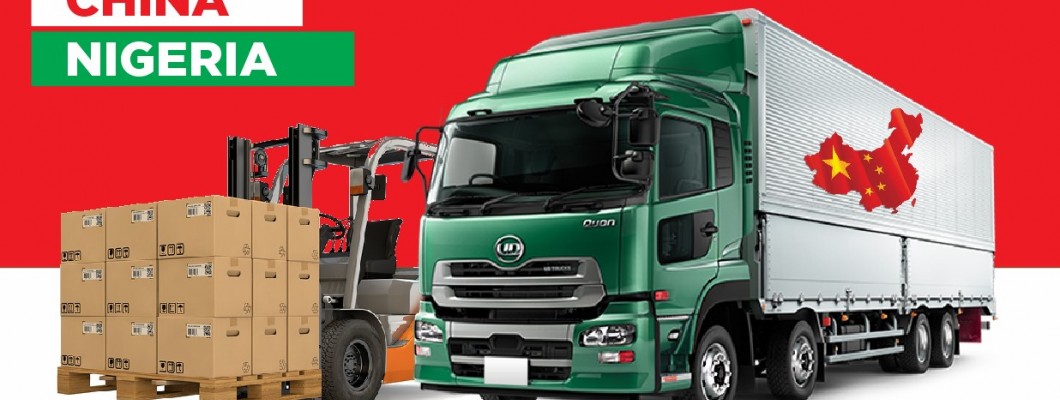25 Sep

497 View(s)
1. Identify your procurement needs: Clearly define what products or services you require from China. Have a detailed understanding of the specifications, quantity, quality standards, delivery requirements, and budget.
2. Research and identify potential suppliers: Use online platforms, trade shows, industry directories, and referrals to find suppliers in China. Verify their credibility, reputation, manufacturing capabilities, and experience in exporting to your country.
3. Request for proposals or quotes: Contact the shortlisted suppliers and request detailed proposals or quotes that include pricing, lead time, payment terms, and any other relevant information. Provide them with the necessary details about your requirements.
4. Evaluate suppliers: Analyze the proposals or quotes received and compare them based on factors such as price, quality, lead time, payment terms, and supplier's reputation. Consider conducting a thorough due diligence process that includes checking references, visiting the supplier's facility, and reviewing their certifications or licenses.
5. Negotiate and finalize contracts: Initiate negotiations with the selected supplier(s) to discuss pricing, terms, and any other specific requirements. Ensure that the contract covers product specifications, quality control measures, intellectual property rights, shipping and logistics, payment terms, and dispute resolution mechanisms.
6. Monitor production and quality control: Regularly communicate with the supplier during the manufacturing process to ensure timely production and adherence to quality standards. It is advisable to appoint a third-party inspection agency to conduct inspections of the products before shipping.
7. Arrange shipping and logistics: Determine the most cost-effective and efficient shipping method to transport your goods from China. Consider factors such as shipping time, cost, customs regulations, and the need for any documentation, such as licenses or permits.
8. Manage customs and import processes: Familiarize yourself with the customs regulations and requirements of your country to avoid any legal issues. Ensure that you have all the necessary documentation, such as invoices, packing lists, and certificates of origin, to facilitate smooth customs clearance.
9. Track an1. Identify your procurement needs: Clearly define what products or services you require from China. Have a detailed understanding of the specifications, quantity, quality standards, delivery requirements, and budget.
2. Research and identify potential suppliers: Use online platforms, trade shows, industry directories, and referrals to find suppliers in China. Verify their credibility, reputation, manufacturing capabilities, and experience in exporting to your country.
3. Request for proposals or quotes: Contact the shortlisted suppliers and request detailed proposals or quotes that include pricing, lead time, payment terms, and any other relevant information. Provide them with the necessary details about your requirements.
4. Evaluate suppliers: Analyze the proposals or quotes received and compare them based on factors such as price, quality, lead time, payment terms, and supplier's reputation. Consider conducting a thorough due diligence process that includes checking references, visiting the supplier's facility, and reviewing their certifications or licenses.
5. Negotiate and finalize contracts: Initiate negotiations with the selected supplier(s) to discuss pricing, terms, and any other specific requirements. Ensure that the contract covers product specifications, quality control measures, intellectual property rights, shipping and logistics, payment terms, and dispute resolution mechanisms.
6. Monitor production and quality control: Regularly communicate with the supplier during the manufacturing process to ensure timely production and adherence to quality standards. It is advisable to appoint a third-party inspection agency to conduct inspections of the products before shipping.
7. Arrange shipping and logistics: Determine the most cost-effective and efficient shipping method to transport your goods from China. Consider factors such as shipping time, cost, customs regulations, and the need for any documentation, such as licenses or permits.
8. Manage customs and import processes: Familiarize yourself with the customs regulations and requirements of your country to avoid any legal issues. Ensure that you have all the necessary documentation, such as invoices, packing lists, and certificates of origin, to facilitate smooth customs clearance.
9. Track and receive goods: Stay in constant contact with the shipping company to track the progress of your shipment. Once the goods arrive, inspect them to ensure they meet your specifications and quality standards before accepting the delivery.
10. Evaluate supplier performance: Assess the performance of the supplier based on criteria such as product quality, delivery time, communication, and responsiveness. Provide feedback to the supplier and use it to improve future procurement processes.
Overall, establishing clear communication, conducting thorough due diligence, and implementing robust quality control measures are essential when procuring from China. Regular monitoring and evaluation of supplier performance will contribute to a successful procurement process. Stay in constant contact with the shipping company to track the progress of your shipment. Once the goods arrive, inspect them to ensure they meet your specifications and quality standards before accepting the delivery.
10. Evaluate supplier performance: Assess the performance of the supplier based on criteria such as product quality, delivery time, communication, and responsiveness. Provide feedback to the supplier and use it to improve future procurement processes.
Overall, establishing clear communication, conducting thorough due diligence, and implementing robust quality control measures are essential when procuring from China. Regular monitoring and evaluation of supplier performance will contribute to a successful procurement process.



Leave a Comment